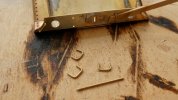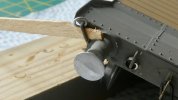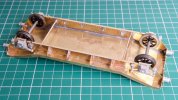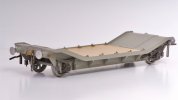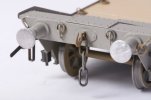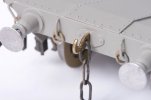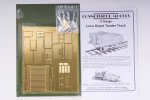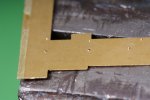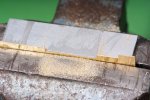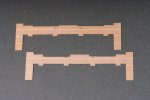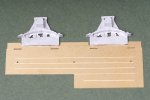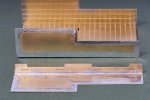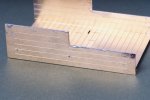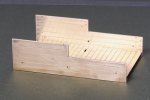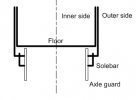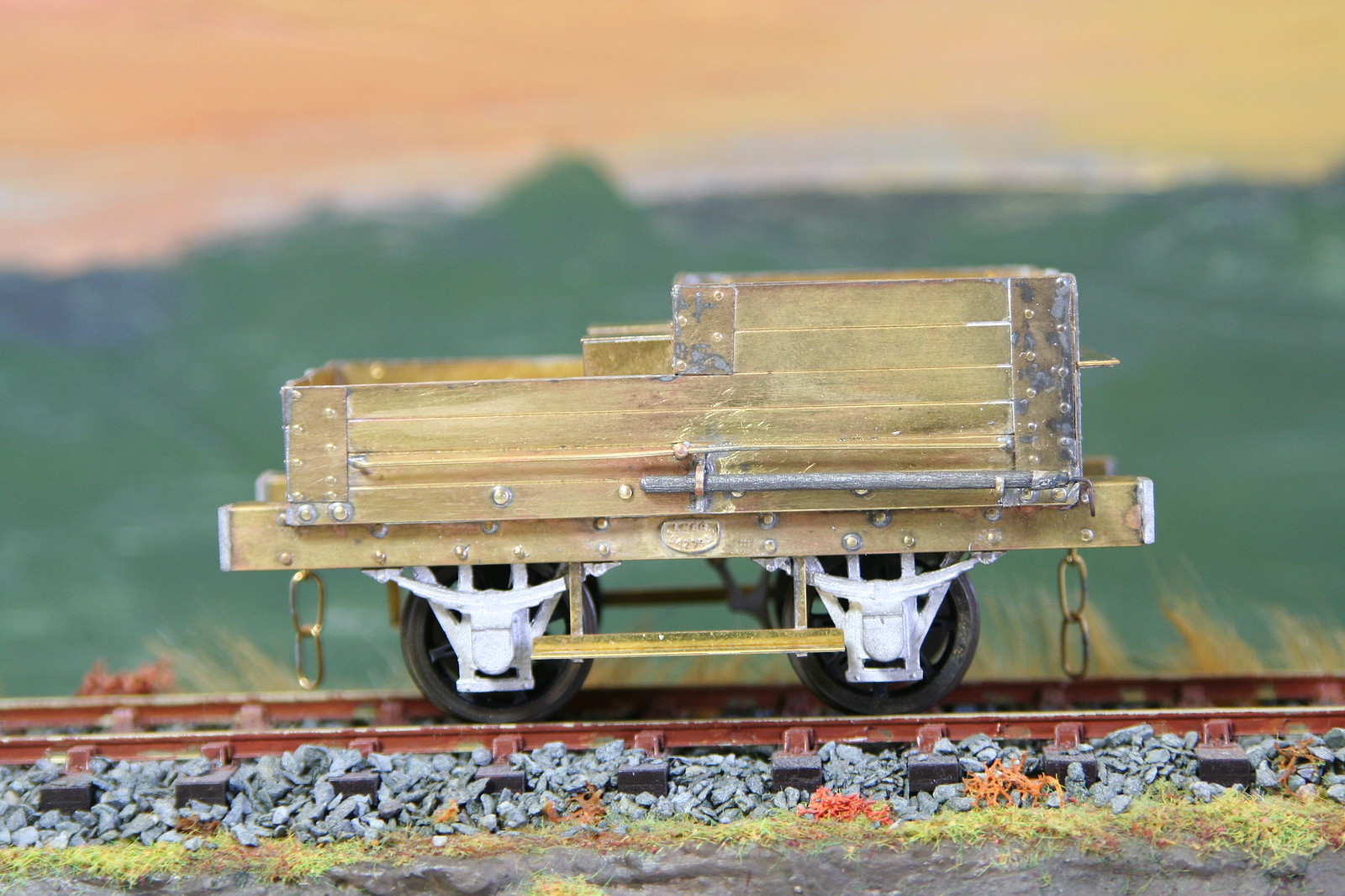RichardG
Western Thunderer
I would like to start a topic to describe my modelling efforts for my Heybridge and Langford Light Railway. This is the Heybridge in Essex not the one in Somerset. At the moment, and probably for another year or so, this project will involve making model trains and evolving the fictional history. When I am happy with these, I will try to build a layout. I learnt the hard way, I built a layout in one of the smaller scales and then decided on the trains I could fit onto it and made a rod for my own back.
Supposing that one active topic will to be enough for me, and my "Hello" here will start to look a bit incessant or even wearying ... please, would it be best for me to set up my topic as "Area 51" (not GWR), a "workbench" (mostly workbench until the layout begins) or "Layout progress" (which will mean trains and un-seated buildings for a while).
Many thanks.
Supposing that one active topic will to be enough for me, and my "Hello" here will start to look a bit incessant or even wearying ... please, would it be best for me to set up my topic as "Area 51" (not GWR), a "workbench" (mostly workbench until the layout begins) or "Layout progress" (which will mean trains and un-seated buildings for a while).
Many thanks.

